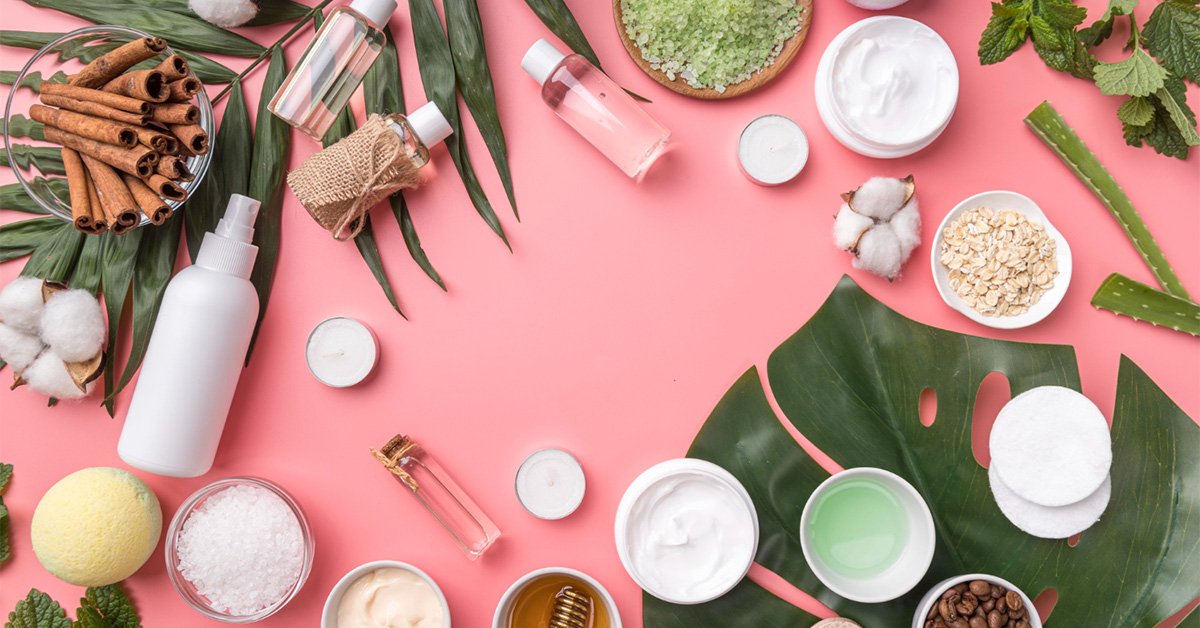The chill of winter can be harsh, not only on your face and hands but also on your feet. Cracked heels are a common problem during the colder months, but fret not – we’ve got you covered. In this article, we’ll explore effective tips and tricks to keep your cracked heels baby soft this winter. Say goodbye to discomfort and hello to soft, beautiful feet.
The Culprits Behind Cracked Heels
Cracked heels, also known as heel fissures, can be caused by a variety of factors. They are a common foot problem that can range from mild, cosmetic issues to more severe and painful conditions. Here are some of the culprits behind cracked heels:
- Dry Skin: One of the most common causes of cracked heels is dry skin. When the skin on your heels lacks moisture, it becomes less elastic and more prone to cracking.
- Lack of Moisture: Inadequate hydration, either from not drinking enough water or failing to moisturize your feet, can contribute to dryness and cracking.
- Harsh Weather: Exposure to extreme weather conditions, particularly cold and dry air, can strip the skin of moisture and exacerbate the problem.
- Improper Footwear: Ill-fitting shoes, open-back sandals, or constant barefoot walking can put excessive pressure on the heels, leading to cracks.
- Standing for Prolonged Periods: People who spend long hours standing, especially on hard surfaces, are more susceptible to developing cracked heels.
- Obesity: Excess body weight can increase the pressure on your heels, causing them to crack.
- Medical Conditions: Some medical conditions, such as diabetes, thyroid disorders, and psoriasis, can contribute to dry and cracked skin on the feet.
- Aging: As we age, our skin naturally becomes thinner and loses some of its elasticity, making it more susceptible to cracking.
- Unhealthy Diet: A poor diet that lacks essential nutrients, especially vitamins and minerals like zinc, can lead to skin problems, including cracked heels.
- Improper Foot Care: Neglecting foot hygiene and failing to trim or exfoliate dead skin can lead to the buildup of calluses and contribute to heel cracks.
- Overuse of Harsh Soaps: Using strong, drying soaps or harsh chemicals on your feet can strip away natural oils, making your skin more vulnerable to cracking.
To prevent and treat cracked heels, it’s important to maintain good foot hygiene, keep your feet moisturized, wear comfortable and supportive footwear, and address any underlying medical conditions. Regular exfoliation, use of foot creams, and maintaining a healthy diet and lifestyle can also help keep your heels soft and smooth. If your cracked heels are severe, painful, or not responding to home remedies, consult a healthcare professional for proper diagnosis and treatment.
Steps to Keep Your Heels Soft and Supple
Now that we understand the problem, let’s discuss practical steps to maintain soft, beautiful feet throughout the winter.
Daily Moisturizing
Moisturizing your feet every day is crucial. Opt for a thick, hydrating foot cream and apply it liberally. Don’t forget to focus on your heels.
Warm Foot Baths
Treat your feet to a warm soak in Epsom salt or oatmeal baths. This helps relax your skin and makes it more receptive to moisture.
Exfoliation
Regularly exfoliate your feet to remove dead skin cells. This will help your moisturizer penetrate deeper, ensuring better results.
Wear the Right Shoes
Choose comfortable, well-fitting shoes to prevent friction and pressure on your heels. Make sure they’re insulated for warmth.
Hydration from Within
Stay hydrated by drinking plenty of water. This not only benefits your overall health but also keeps your skin, including your heels, soft and supple.
Use a Humidifier
Using a humidifier in your bedroom can combat the dryness in the air and help maintain skin moisture.
Foot Masks
Pamper your feet with DIY foot masks or store-bought options. These masks provide intense hydration and rejuvenation.
The Power of Natural Remedies
Coconut Oil
Apply coconut oil to your cracked heels daily. It’s a natural, fantastic moisturizer.
Aloe Vera Gel
Aloe vera is known for its healing properties. Apply the gel to your heels for quick relief.
Honey
Honey is not just for your tea; it’s also a natural humectant. Apply a honey-based mask to your heels and witness the magic.
Conclusion
Winter doesn’t have to mean discomfort and unsightly cracked heels. By following these simple yet effective tips, you can keep your feet soft and beautiful throughout the season. Embrace the power of hydration, moisturization, and natural remedies to ensure that your heels remain baby soft. Say goodbye to discomfort and hello to beautiful, winter-ready feet.
FAQs
1. How long does it take to see results when using these remedies?
Results may vary, but with consistent care, you should start to see improvements within a week or two.
2. Can I use these remedies year-round?
Absolutely! These tips and remedies aren’t limited to winter. They can help you maintain soft heels all year.
3. Are there any specific brands of foot creams you recommend?
While specific brands vary, look for creams with ingredients like shea butter, urea, and glycerin for maximum hydration.
4. Is it possible to prevent cracked heels altogether?
Prevention is better than a cure. Following these tips can significantly reduce your risk of developing cracked heels.
5. Can I wear sandals in winter?
While it’s not advisable in very cold regions, you can wear sandals in milder winter climates. Just be sure to keep your feet warm and moisturized.







